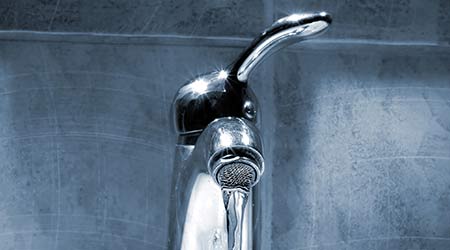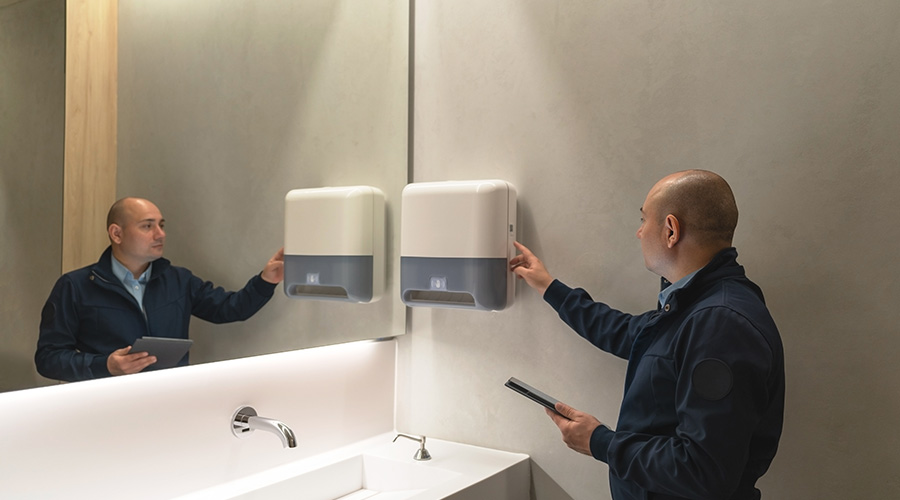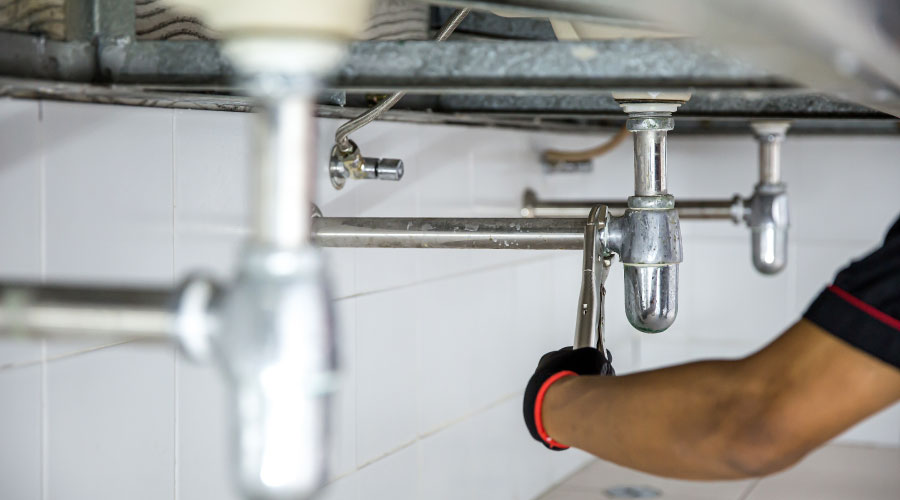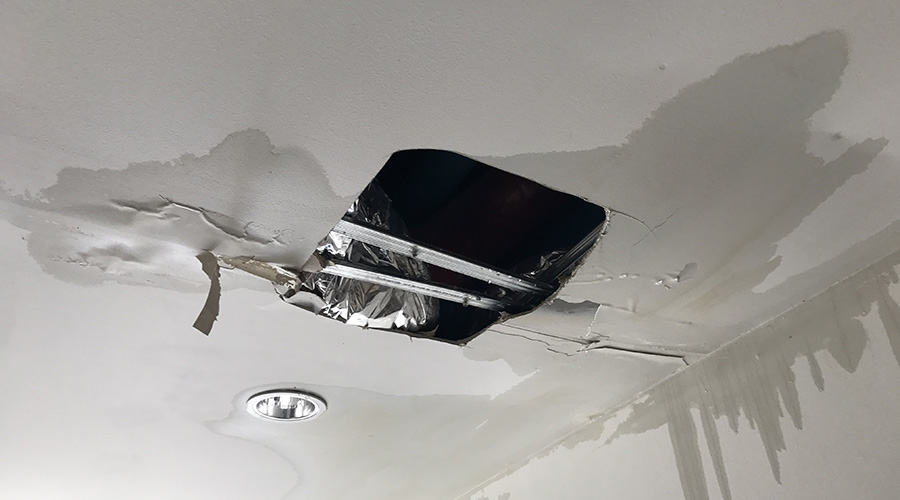 Identifying water waste and specifying products can ensure successful plumbing upgrades
Identifying water waste and specifying products can ensure successful plumbing upgradesWater Conservation: Assessing Facility Water Waste
Water conservation is a growing concern for maintenance and engineering managers. Modern technology offers solutions to save water and lower utility bills.
Part one of a two part series.
Water conservation is a growing concern for maintenance and engineering managers in recent years. Plumbing system upgrades have enabled many institutional and commercial facilities to curtail water use, and advances in plumbing product technology mean that managers have access to even more water-use data to help them hold utility costs down.
For managers to achieve their organizations’ goals related to water conservation, they must plan and execute plumbing system upgrades that address facility needs and that incorporate the most appropriate technology for their facilities.
Assessing opportunities
Before managers can set realistic goals for saving water, they need to assess the performance of existing flush valves, faucets and toilets to determine whether or not the current system is operating efficiently.
“An easy method to identify water savings opportunities is to conduct a facilitywide water audit,” says Patrick Boyle, director of sustainability with Sloan Valve Co., adding that the American Water Works Association and International Water Association have developed an effective methodology for conducting water audits.
Managers can use a water audit, as well as an internal or third-party audit conducted by an energy service company, to help identify water-saving opportunities in their facilities. The water audits involve a complete assessment of specific infrastructure and output customized to produce actionable data that can help water and wastewater utilities understand their pipeline infrastructure, as well as their replacement costs.
By conducting a water audit, managers can track water use from its point of entry into the facility through its discharge into the sewer. Audits identify each point of water use within and around the facility and estimate the quantity of water used at each point. They also identify and quantify water losses and possible leaks in plumbing systems.
“Monitoring water usage before and after a water savings retrofit is the simplest way to verify the savings are achieved,” says Bob Carter, product marketing manager with Zurn Industries. “By listening to user feedback, managers can verify product performance and user satisfaction, and managers need to verify product performance and user satisfaction.
“If you got to a low-flow (product) but have to flush two or three times, you have negated everything you’ve done and aren’t saving anything. User feedback can be instrumental in determining what works and what does not.”
Related Topics:













